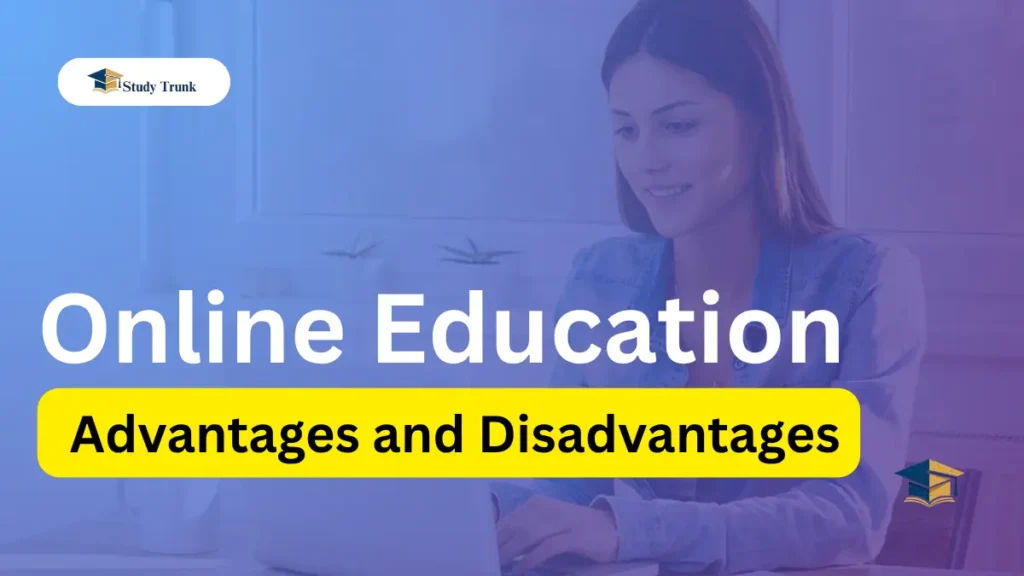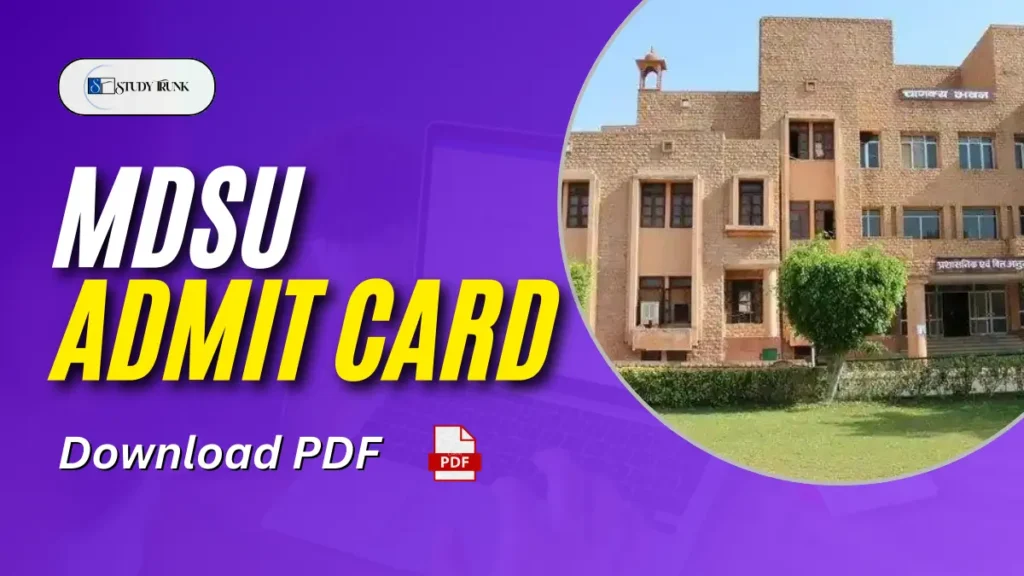Online education has become very popular in recent years. With the rise of the internet and technology, students can now learn from anywhere in the world without going to a physical classroom. Online education offers flexibility and convenience, but it also comes with some challenges. In this blog, we will explore the advantages and disadvantages of online education in simple words to help you understand if it’s the right choice for you.
What is Online Education?
Online education refers to learning through the internet. Students can take courses, attend classes, and complete assignments using computers or smartphones. Many schools, colleges, and platforms like Coursera, Udemy, and Khan Academy offer online courses. It’s a modern way of learning that is growing fast, especially after the COVID-19 pandemic, when 98% of universities worldwide shifted to online classes (UNESCO, 2020).
Online Education vs Offline Education Comparison Table
| Factor | Online Education | Offline Education |
| Flexibility | Highly flexible; learn at your own pace and schedule from anywhere with internet. | Fixed schedules; requires attending classes at specific times and locations. |
| Cost | More affordable; lower tuition, no commuting or housing costs. | More expensive; includes tuition, travel, accommodation, and campus facility costs. |
| Interaction | Limited face-to-face interaction; relies on virtual forums, chats, or video calls. | Direct interaction with teachers and peers; supports networking and collaboration. |
| Learning Environment | Requires self-discipline; distractions at home and tech issues can disrupt learning. | Structured classroom setting; fewer distractions with access to libraries and labs. |
| Practical Learning | Limited for hands-on subjects; relies on simulations, less effective for practical skills. | Ideal for hands-on fields like medicine or engineering with access to labs and equipment. |
| Credibility | Some courses lack recognition; employer skepticism about online degrees. | Widely recognized degrees; trusted by employers and institutions. |
| Access to Resources | Wide range of courses from global platforms; free resources like Khan Academy. | Limited to institution’s offerings; access to physical resources like libraries. |
| Technical Requirements | Needs reliable internet and devices; technical issues can disrupt learning. | Minimal tech needs; relies on physical infrastructure like classrooms and labs. |



